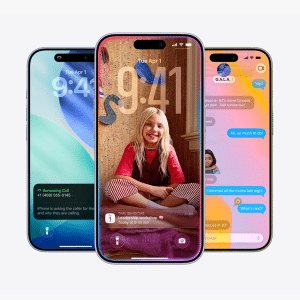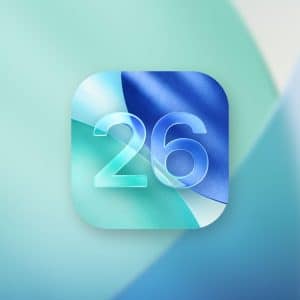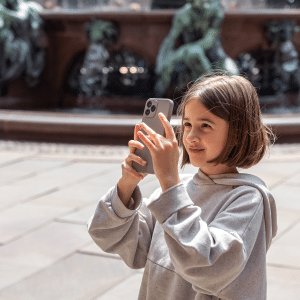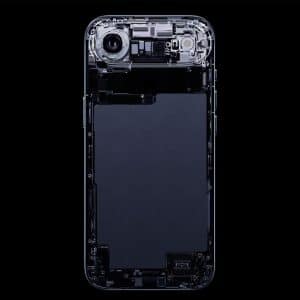Internally named the Project Alaska, the new headset aims to mirror the sleek, curved aesthetic of its predecessor with slight changes to its design. Notably, the headset’s speaker and strap design points to a more streamlined and potentially cost-effective model. Instead of the rounded speaker housings near the ears, the new design uses flat, uniform temples, which may also mean a separate audio accessory.
Of course, Apple’s long-awaited foray into the AR/VR scape follows in the steps of many others. Today, data from Goldstein Market Intelligence indicate that the smart glasses market is set to reach $10.6 billion by 2024. Over the years, smart glasses technology has been used throughout sectors like the military and healthcare, thanks to the high-speed wireless connectivity and its use in simulation, education, livestreaming, and recording.
Unlike existing smart glasses on the market, Apple’s Vision Pro stands out as large, ski mask-like goggles at a time when companies are squeezing as much software and hardware as possible into smaller, fashionable frames. In this post, we’ll take a closer look at Apple’s design approach towards the Vision Pro and what we can expect, fashion-wise, in the future.
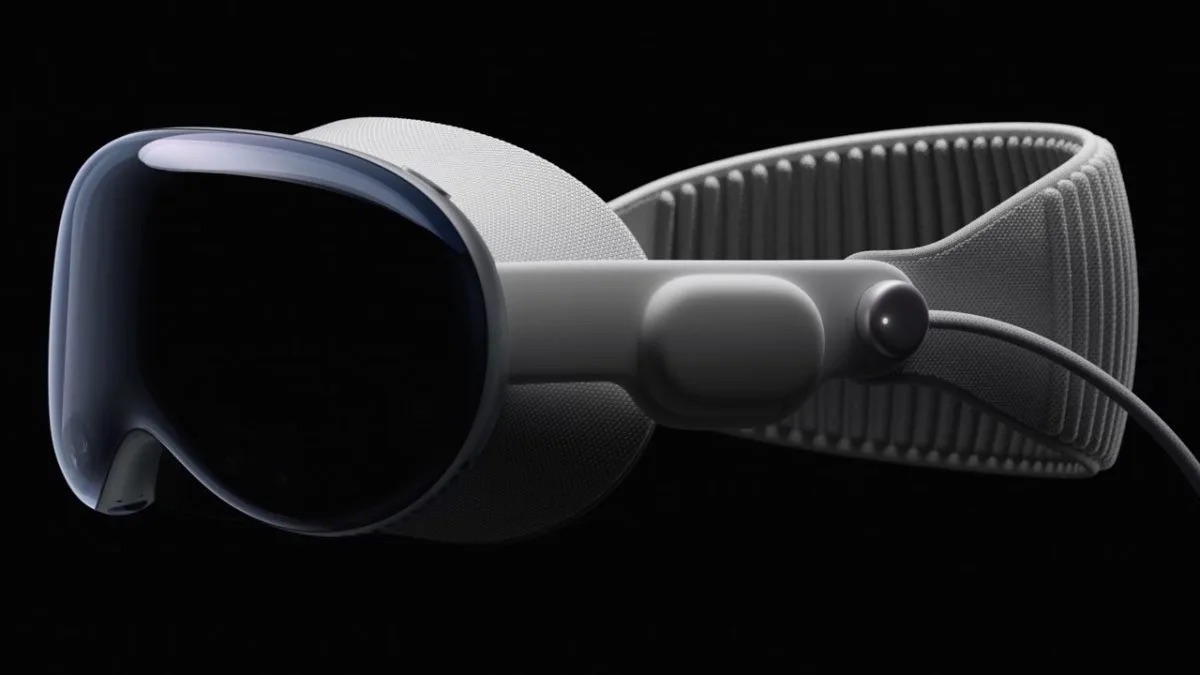
Apple Vision Pro’s Design
Apple’s webpage showcasing the Vision Pro and its host of features and potential shows a bold warning to viewers: “You’ve never seen anything like this before.” And rightly so.
Compared to the now obsolete Google Glass, the Vision Pro’s look features modern, sleek curves familiar to those who own any current Apple product, like the iPhone or Apple Watch. However, the Vision Pro’s bold, large design raises the question of whether or not it can — and would — be used outdoors. Maybe while traveling, or on the way to work, or at a cafe. As it stands, the Vision Pro, and all its futuristic technological potential, seems like a headset one would wear in the privacy of a house or office.
Another side of the problem is the design complexities of the Vision Pro causing production issues not long after the headset’s announcement. With a starting price of $3,499, Apple was forced to make major cuts to production forecasts due to challenges in the manufacturing of the micro-OLED displays for the headset. This may be part of the reason for the design changes planned in the second generation, which is slated for a 2025 release.

The State of Fashion & Wearables
Of course, Apple is no stranger to fashion. In 2014, Apple invited fashion house Hermès to collaborate on the design of the Apple Watch Hermès, featuring its hand-stitched leather strap. While it may be too early to speculate the fashion future of the Vision Pro, we can look towards existing smart glasses and headsets on the market for ideas of where Apple may take the Vision Pro.
Eyewear brand Ray-Ban recently collaborated with the tech giant and competitor Meta to create the Ray-Ban Meta smart glasses. Unlike the Vision Pro, the Ray-Ban Meta is housed in frames all too familiar from the eyewear company — the Wayfarer and the Headliner. It features a built-in camera for high-quality photos and immersive videos and livestream capabilities to Meta platforms like Facebook and Instagram. The built-in speakers provide a rich listening and call experience, and the timeless designs of the Wayfarer make the smart glasses easy to bring out in your daily routine.
Similarly, the social network app Snapchat has long dipped its toes into AR. Snap’s AR glasses are currently focused on creating AR shopping experiences, allowing people to interact with products in 3D.
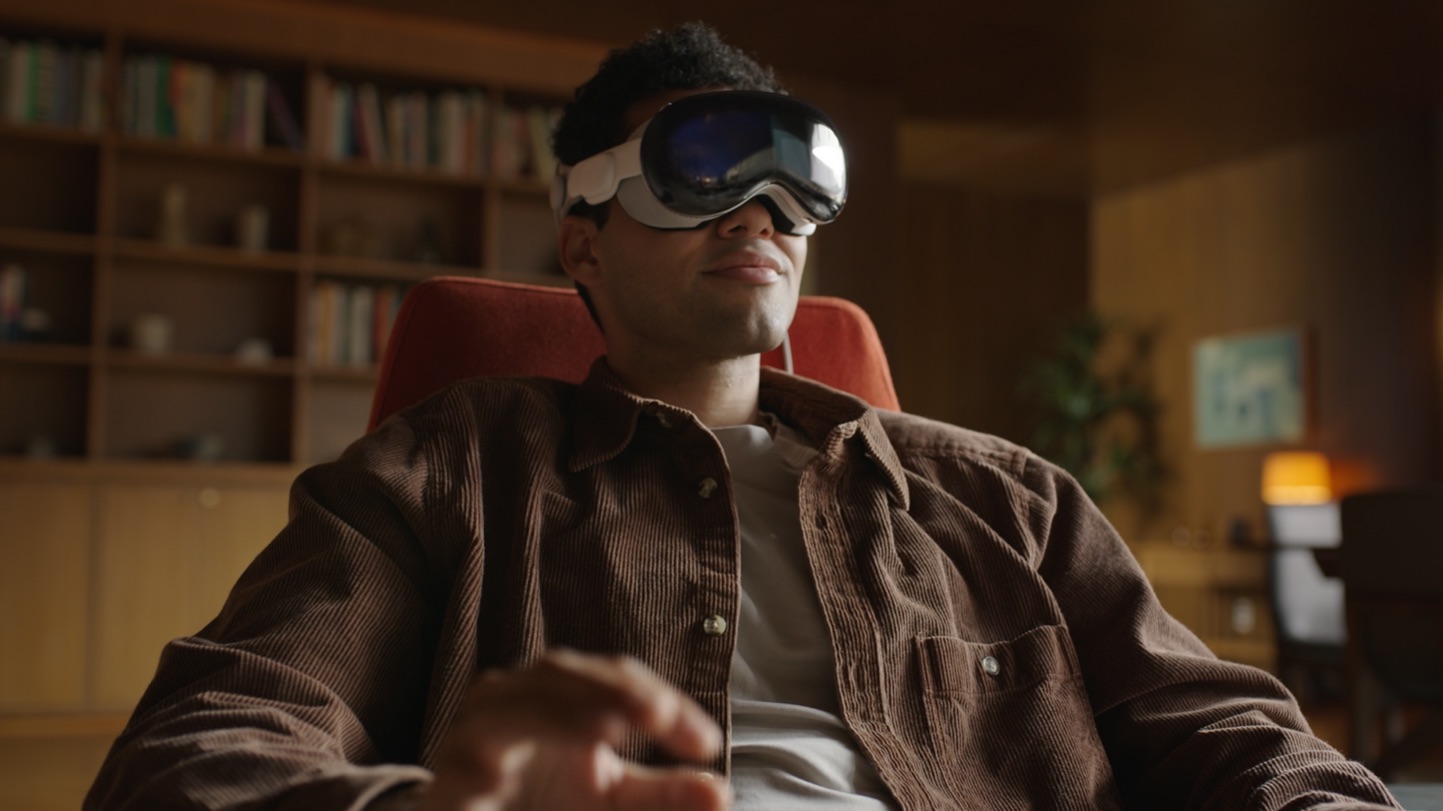
Previously, Snap partnered with luxury designer Gucci in 2019, designing limited-edition pairs of Snap glasses that, like the present Ray-Ban Meta, aim to be worn as a fashion accessory as much as wearable technology.








